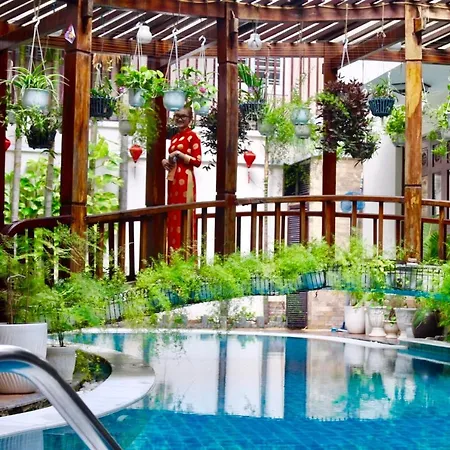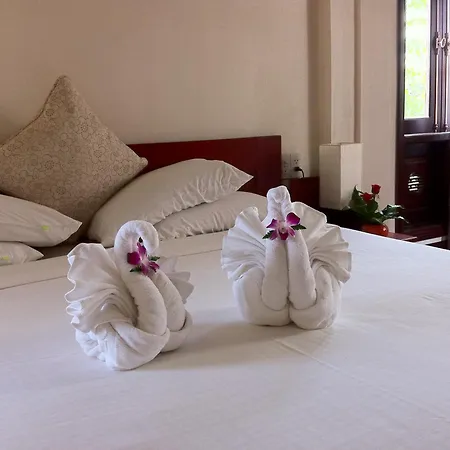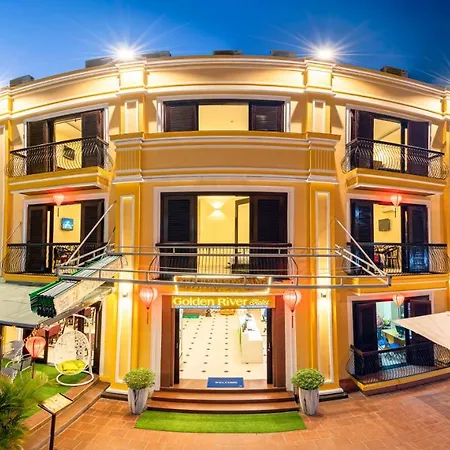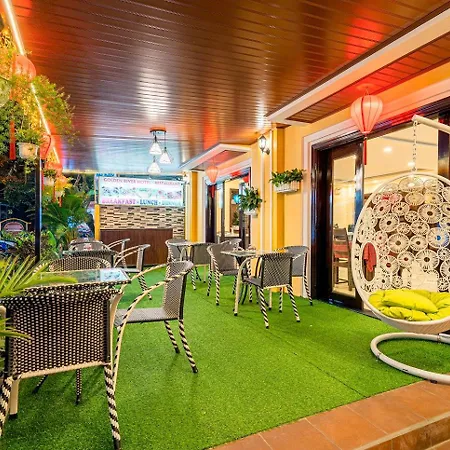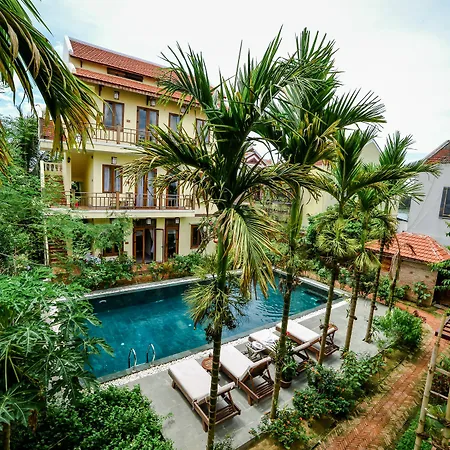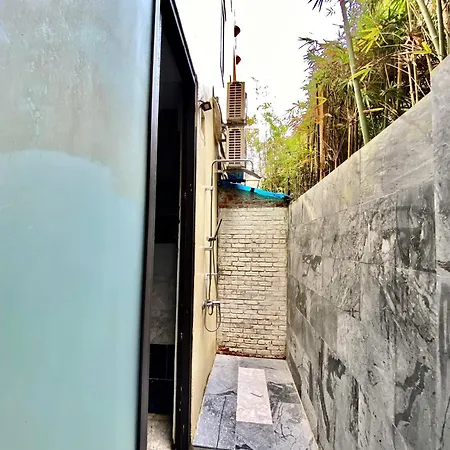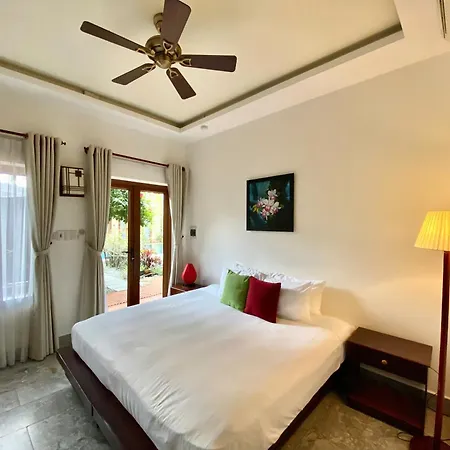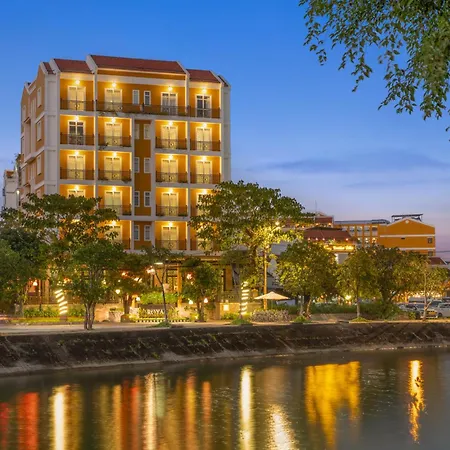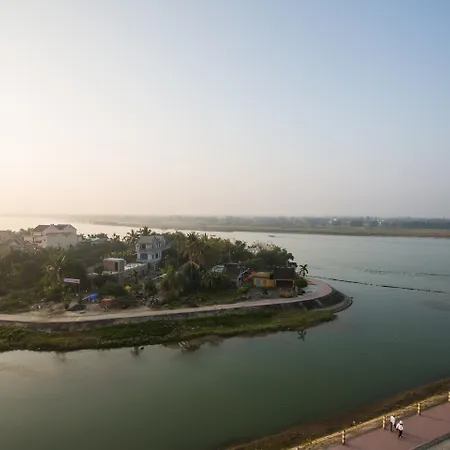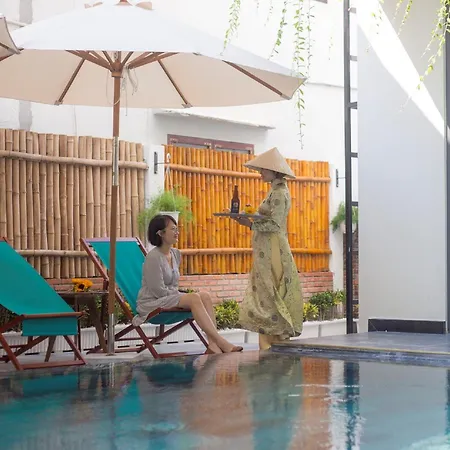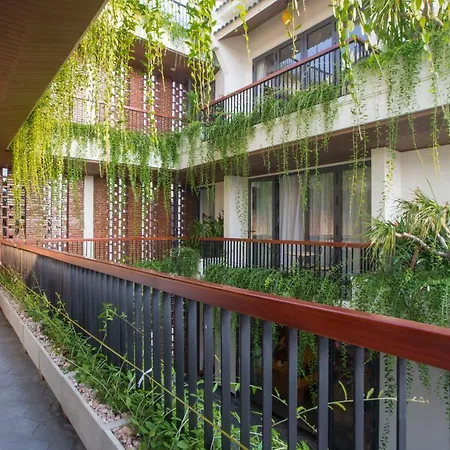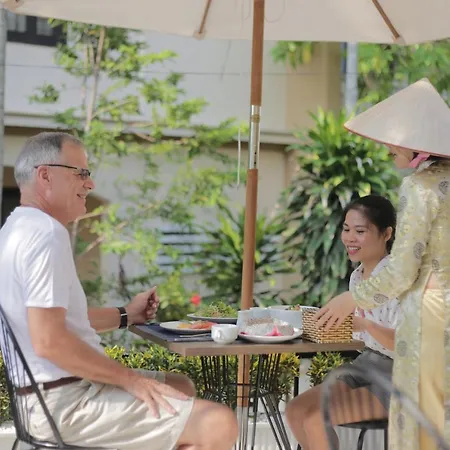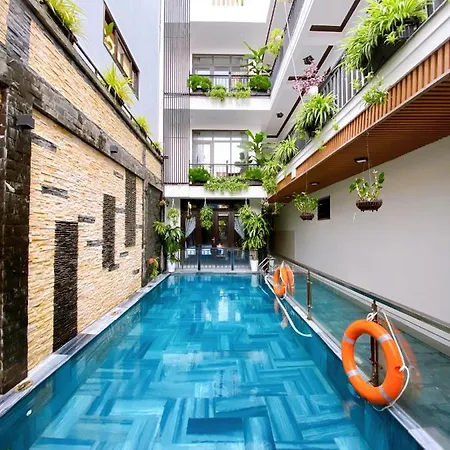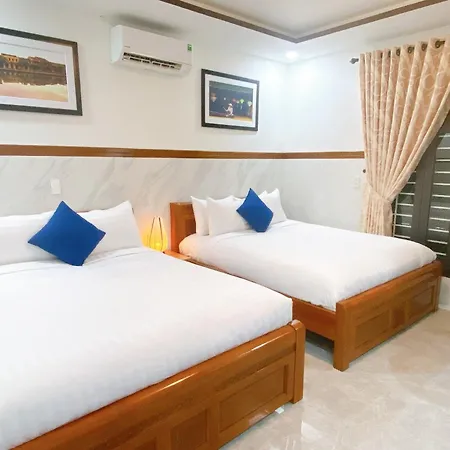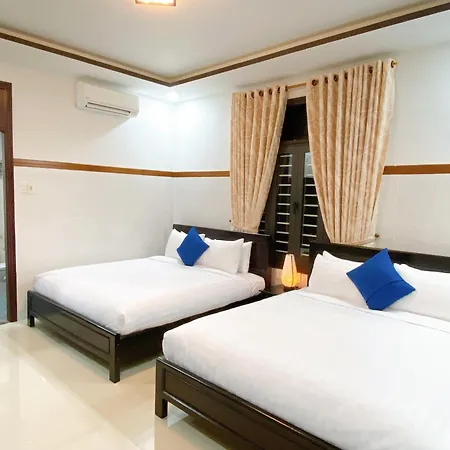Japanese Covered Bridge
Check Availability
Japanese Covered Bridge: A Symbol of Cultural Connection
Constructed between 1593 and 1595 by the Japanese community, the Japanese Covered Bridge links Hoi An's Japanese and Chinese quarters.
This 18th-century wooden structure features ornate carvings and a pedestrian-only passageway. Historical significance is found in its design, which reflects the interplay of cultural influences from Japan and Vietnam. The bridge is adorned with statues of monkeys and dogs, symbolizing its construction timeline in the years of these animals.
Must-See Highlights
- 🐒 Unique Statues: Monkeys guard one entrance, while dogs are at the other.
- 🌉 Restored Architecture: Originally arched, the bridge's shape was restored in 1986 after being altered.
- 📜 Historical Inscriptions: Features inscriptions in chu nho, acknowledging Vietnamese and Chinese contributors to its restoration.
Access is free, making it an ideal spot for tourists, families, and historians to appreciate its cultural and architectural heritage.
Interesting Facts about Natural History Museum Japanese Covered Bridge
Construction Timeline
Built between 1593 and 1595, the bridge marks an important cultural link between the Japanese and Chinese communities in Hoi An.
Symbolic Statues
The bridge has pairs of monkey and dog statues at its entrances, representing the years of construction.
Architectural Restoration
The original arched shape was restored in 1986 after being modified by the French.
Location
Stay Near Japanese Covered Bridge Best Hotels
Address
View mapTran Phu Street At the West end of Tran Phu St.
Opening Hours
Friday:
Open 24 hours
Monday:
Open 24 hours
Saturday:
Open 24 hours
Sunday:
Open 24 hours
Thursday:
Open 24 hours
Tuesday:
Open 24 hours
Wednesday:
Open 24 hours
Contact Information
Price
Free. Donations suggested for maintenance.
Average Visit Duration
Duration: 30 minutes.
Best Time to Visit
Weekday mornings (9:00 AM–11:00 AM) are best for fewer crowds.
